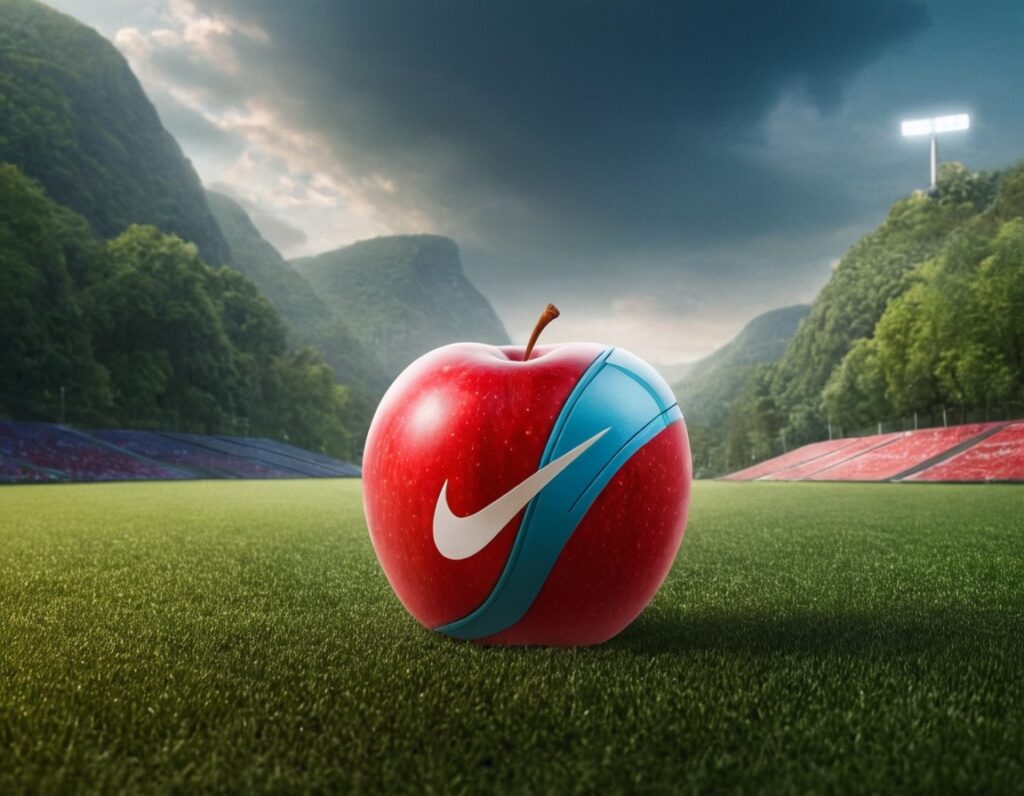Seven Magnum Portfolio
The companies are not going to sell the absolutely same product under another name. They will sell another version of that product that is likely to attract different people to buy from the same company.
Very careful planning is needed. You have to carefully manufacture and market the new brand so that it serves the same market but targets different market segments.
If the people that were buying your previous brand start buying the new one, expanding your portfolio is going to be a failure. You want people that were not buying from you to start buying from you.
The different segments can be divided by the price range, with one product more expensive than the other. It can be based on distributive means, one only available online and the other in brick-and-mortar stores. It can be based on geography. available in one country only.
If you introduce multiple brands, the retailers might be more likely to order more from you since they are different in some ways. So, your shelf space will increase. The customers will also have the option to choose from a variety of options and ultimately you will not lose revenue.
The internal benefits will be, first of all, economies of scale in different ways. You are producing much more than before if you introduce a new brand in the same company. But, your distribution channel will be the same. And the advertising cost will also go down in that way.
Another internal benefit is internal competition. Think about it, you have two different brands in the same company. It is expensive to keep the two up and running. And the people working in the different departments will know that. So, what they are likely to do is, they might want to outperform the other department in one way or another. If both of the departments want to outperform the other, the eventual winner is going to be the owner of them both.
Seven Magnum Portfolio
Low-end entry-level brands. A little cheaper, or a lot cheaper version of your brand under a different brand name. you want new customers to try out your products, so, you are not diluting your brand name and introducing a cheaper version under a new brand name. new customers are likely to try out your products, and if they are satisfied, they can try out other brands under your brand portfolio.
High-end, prestige brand. A better and more expensive version of your brand. You might have a loyal customer base. You can introduce a newer brand that will be of better quality and price that the people might try out from you.
Cash cows. In this case, the cash cows are the brands that are not discontinued and are kept for sale even when the sales are not what they used to be. It can be done when you don’t really need to spend too much on advertising costs. Keep manufacturing a small amount that can still bring profit. The cash cows are milked, there is no other use of them.
Flanker brands. They are also called fighters. These are the brands that are going to fight other brands in the market. Most of the time, these are low-end entry-level brands. Most of the time. The job of the flankers is to protect the main brand name and capture other parts of the market. The flanker should not be so good that the customers of the original brand start going to them.
Why are flanker brands called flanker brands?
Flanking is a fighting term. When you are fighting someone, and instead of attacking them directly, you attack them from some unexpected position usually from a side or from behind, that maneuver is called flanking.
So, flanker brands are attacking the direct competitors from another direction.
Portfolio Portfolio Portfolio Portfolio Portfolio Portfolio Portfolio



Add your first comment to this post